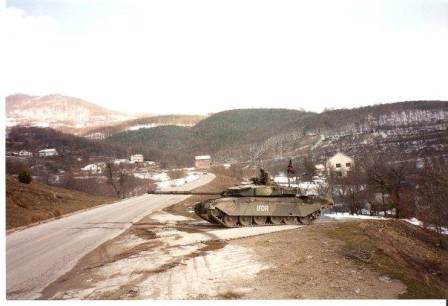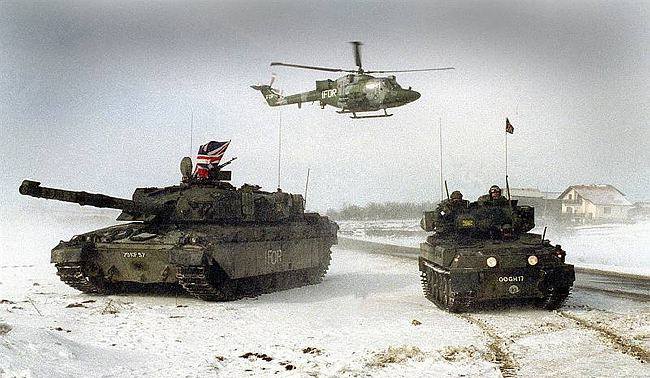Operation Grapple was the codeword used to cover UK defence operations in support of the UN peacekeeping missions in the former Yugoslavia (authorised by UNSCR 776 of September 1992); including the deployment of British forces in Bosnia and Croatia from October 1992 until December 1995 as part of the United Nations Protection Force (UNPROFOR).
UNPROFOR would eventually hand over the peacekeeping mission in Bosnia to NATO’s Implementation Force (IFOR) in winter 1995.
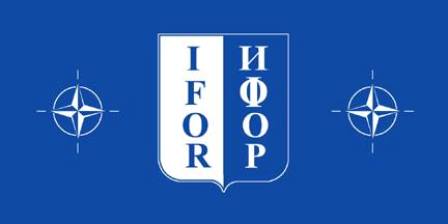
The British participation in the IFOR was called Operation Resolute; the whole NATO mission was called Operation Joint Endeavour.
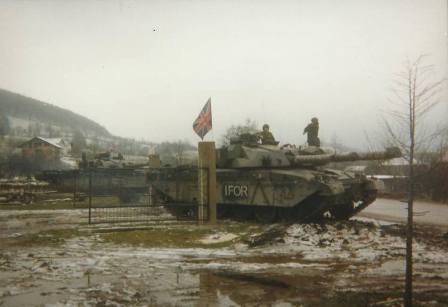
The IFOR mission would last approximately a year before it transitioned to the follow-on Stabilisation Force in Bosnia and Herzegovina (SFOR).
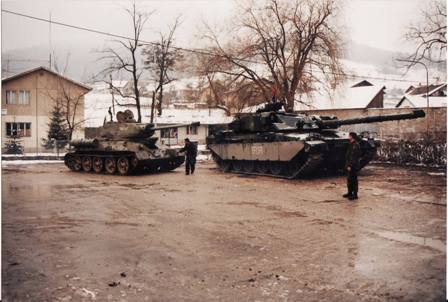
The United Kingdom originally deployed a compact army headquarters staff (commanded by a brigadier) – based in a former JNA barracks at Divulje near Split. The main manoeuvre forces were an infantry battle group (based in Bosnia); supported by an armoured reconnaissance squadron, a combat engineer squadron and a logistics support unit.
A detachment of Fleet Air Arm Sea King troop-carrying helicopters was also based in Divulje barracks (found from 845 and 846 Naval Air Squadrons). Some of the British unit locations were very isolated such as the Royal Engineers based at Camp Redoubt on a particularly hilly part of the main supply route to Vitez.
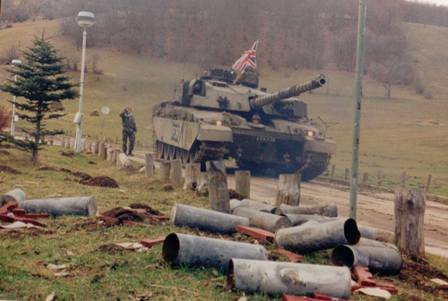
The British contribution to UNPROFOR also included the deployment of Royal Navy ships sailing in the Adriatic Sea and RAF aircraft supporting troop movements in Croatia. This force would be increased in size over the course of the UN peacekeeping mandate in the Former Yugoslavia up until August 1995 when the British force was steadily drawn down.
The UK agreed to join the UN force to protect humanitarian convoys in Bosnia, as part of UNPROFOR 2.
The first British Battalion (BRITBAT) was the Cheshire Regiment which deployed with its armoured vehicles in October 1992 through the Croatian port of Split, eventually headquartering itself in a school on the outskirts of the town of Vitez in the Lašva Valley.
The battalion would have operating bases in Gornji Vakuf and Tuzla, and there was also a British logistics base at Tomislavgrad. The British contingent was expanded with the addition of another battalion group in March 1994.
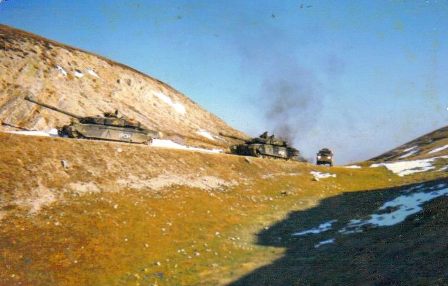
The Queen’s Royal Hussars Battle Group deployed to Bosnia Herzegovina in 1996.
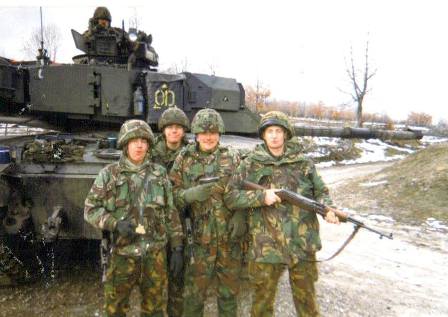
British armed forces would serve nearly 15 years in Bosnia and would see more than 50 British Soldiers killed and many more wounded.
Even more tragically it was Bosnia and Croatia’s appalling road and weather conditions that caused many of the deaths and injuries.
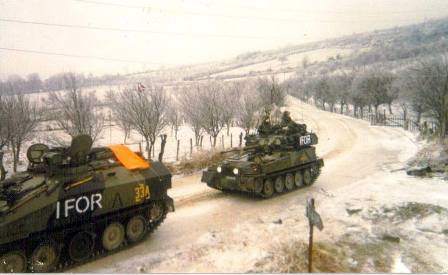
BRITBAT and its supporting sub-units would win praise by becoming the guardians of the only functioning main supply route into the core of Bosnia and ultimately Sarajevo and Tuzla, the maintenance of Routes Triangle and Diamond would remain a critical combat engineering task.
